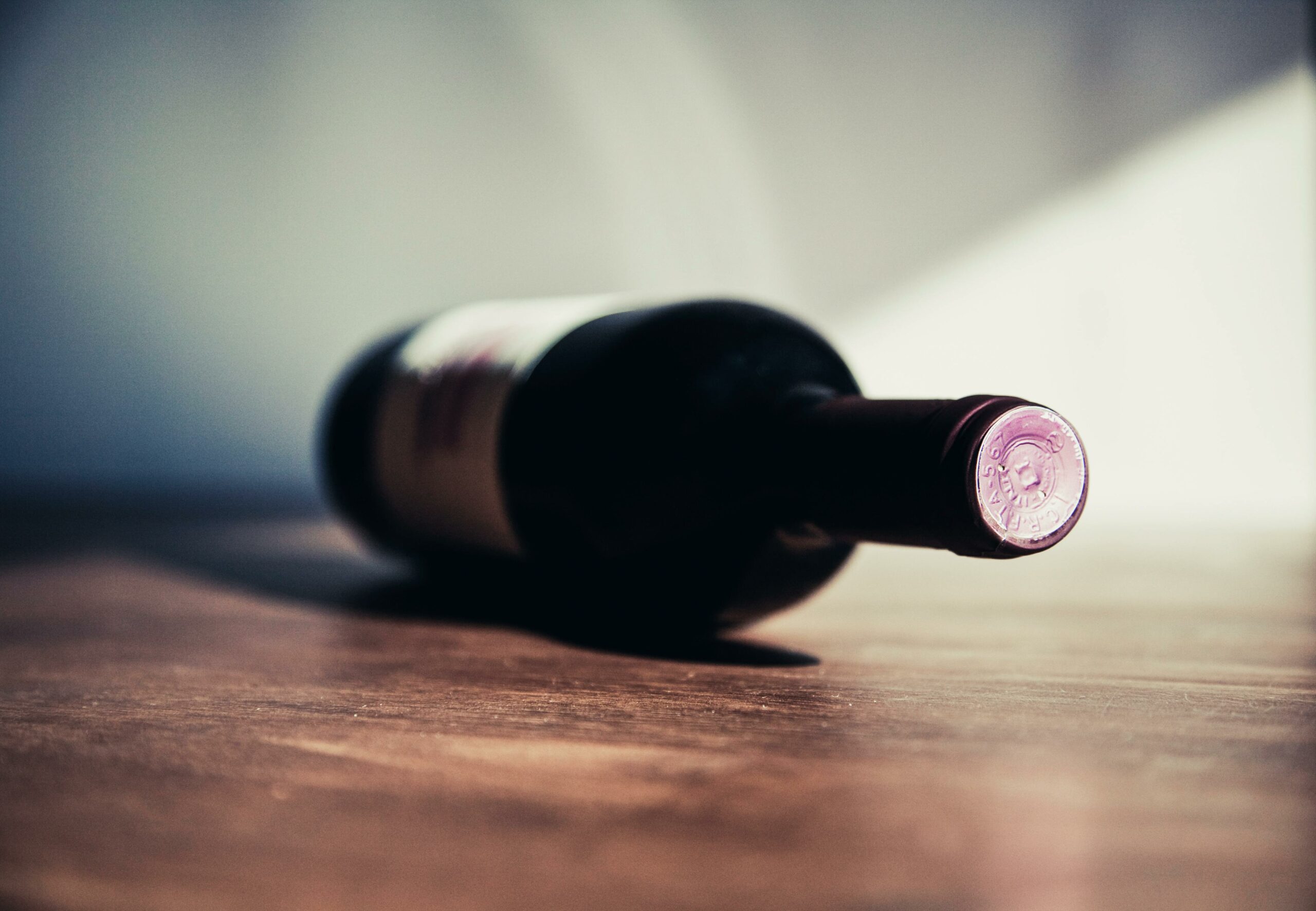What is wine Structure?
When learning about wine, you often hear people refer to the wine’s “structure.” What exactly is that though? Let’s look into that and define some terms, in the simplest ways we can. So first, what does the overarching term ‘Structure’ refer to? It is these Five things:
- Sweetness
- Acidity
- Body
- Alcohol
- Tannin
That’s it! Five things. Easy Peasy. Let’s take them one at a time and see what they mean.
Sweetness
This is the easiest one to evaluate. We all know what sugar tastes like. If you don’t, take a second, and go eat a little refined sugar.
Our brains are wired to like it. Our waists prefer it if we don’t like it. Because we are literally, evolutionarily predisposed to like sugar, our perceptions of it change based on when we evaluate it. So try to evaluate it first, before you begin to perceive the acid and alcohol levels of the wine (both of which will skew your perception of sweetness.)
If you want to see how your brain changes your perception of sweetness, try the following experiment (it makes you look silly but you will never forget it). Take a super ripe strawberry. Smell it. So sweet right? Take a bite. Just a normal ripe strawberry.
Now, hold your nose, and see how sweet they seem without aroma. Strawberries are strange, they are not as sweet as your brain tells you they are…Your brain creates your perception of sweetness. Weird right.
Acidity
Acid is that tart feeling you get when you eat/drink things. Think lemon juice. Think sour candy.
Tart items, especially overly tart items, can be too much if consumed by themselves. When enjoyed with food, however, they can be quite delightful.
Often, in the journey of wine tasting, about now, someone mentions lemonade, which is an excellent reference point. The tartness of the lemon juice is balanced by the sweetness of sugar to make a tart/sweet refreshing mix.
Body/Alcohol
I like to cover these two together, because they are almost always tied together. The rare instances they aren’t are so few and far between, they are almost not worth mentioning (extremely rich dessert wines).
Body is often something that people struggle with in the beginning, but with repeated tasting, you can usually get a pretty decent range. Often you will hear of the milk analogy, and that’s one I’ve passed on and love.
To all my lactose tolerant friends out there, it is easy to think of body in terms of different milks:
- Low body: skim milk
- Medium body: whole milk
- Full body: Heavy cream
Are the viscosities a perfect one to one match, milks to wine? Absolutely not, but they help form a mental approximation that is useful.
Tannin
Tannin is that drying, mouth puckering feeling that you get when drinking red wines. (Note: every once in a while, white wines will have what is called ‘phenolic bitterness,’ it’s a drying right on the back of the tongue you can detect. It’s slight, but it is there sometimes)
Some red wines seem like they have none of this characteristic, some (go see a young Italian Nebbiolo) will rip your face off with tannin. Foods that also have tannins include black tea and rhubarb. Since the tannins largely come from the grape skins, you can also chew on a grape skin to mentally lock in the feeling. (A description I had to give to a Mormon co-worker who doesn’t drink alcohol or tea!)
Each of these, by themselves, are not difficult to understand or esoteric concepts. Pull all 5 together and you have what people refer to as ‘structure.’
With a grasp of the above, you can begin to form different groups of wines in your mind, and start separating generalizations out of all the noise that is wine info. You can take those generalizations, and use them to describe wines, and sell more. Or not. It’s your life.
Cheers,
Andrew Roy

Leave a Reply